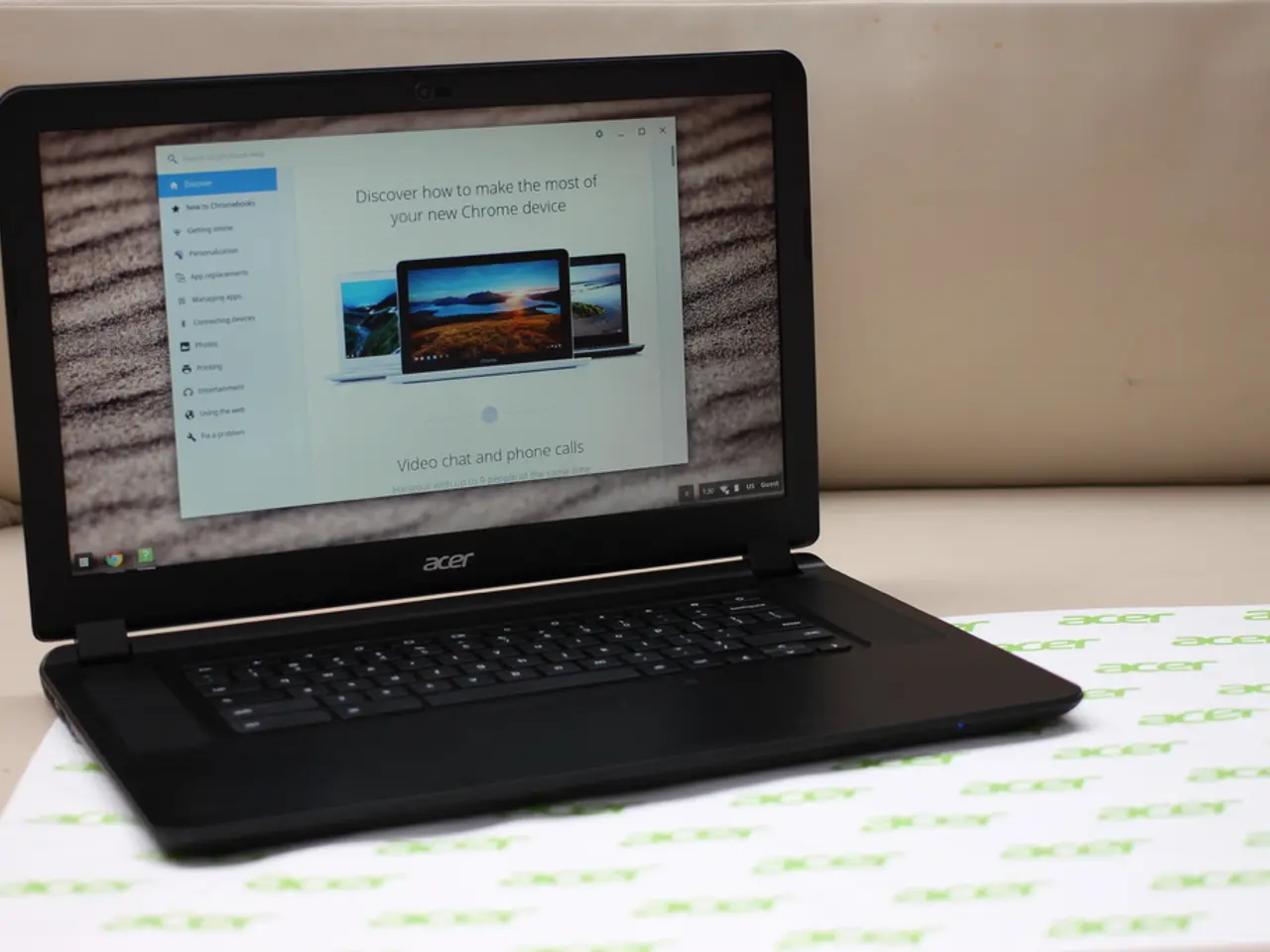Designing Ships to curb methane leaks in shallow marine environments?
A groundbreaking electric catamaran ferry, the China Zorrilla, is currently undergoing shakedown testing in Tasmania, Australia. Scheduled for delivery to the Argentina-Uruguay run later this year, the vessel is set to revolutionize the maritime industry with its innovative design and sustainable propulsion system.
The China Zorrilla boasts a draft of around three to four meters, significantly less than traditional RoPax ferries. This shallow draft is a result of its twin-hulled, catamaran structure and lightweight construction using advanced materials like aluminum alloys. By distributing the weight evenly across two parallel hulls, the China Zorrilla minimizes pressure fluctuations on the seabed, reducing the risk of methane release from sediment disturbance even at higher speeds.
Methane emissions from ship traffic have been documented in a recent study published in the journal Communications Earth & Environment, focusing on methane emissions from ship traffic in Neva Bay, Russia. Vessels traveling faster than 12 knots with hull drafts greater than nine meters trigger significant methane emissions from organic-rich seabed sediments.
The China Zorrilla's shallow draft and waterjet propulsion system can significantly minimize seabed methane disturbances without compromising operating speeds. Waterjets operate by pulling water horizontally from near the waterline, accelerating it, and then expelling it horizontally behind the vessel, creating very little vertical turbulence or downward pressure waves capable of disturbing seabed sediments.
In shallow coastal waters and riverine environments, higher summer temperatures significantly boost microbial activity, leading to increased methane production. However, constant disturbance of the sea or river bed during summer months can lead to constant emissions of methane. Microbial communities living in upper sediment layers actively consume methane, reducing atmospheric methane emissions significantly. Yet, constant disturbance can disrupt these communities, leading to continuous methane emissions.
Slowing down large ships is a simple method to address these emissions, but other potential solutions involve vessel hull design and propulsion technologies. The choice of waterjet propulsion systems for the China Zorrilla reduces sediment disturbance compared to traditional screws. Furthermore, the twin hulls of the China Zorrilla sit relatively lightly on the water surface, significantly reducing the squat effect at high speeds.
The study highlights the China Zorrilla catamaran ferry as an example of alternative solutions to reducing methane emissions from ships, beyond simply reducing ship speeds. These alternatives focus on ship design modifications, propulsion technology, and operational changes. The use of battery-electric propulsion eliminates substantial weight associated with diesel engines, fuel tanks, and heavy transmission equipment, saving 150 to 400 tons.
While the study does not mention other alternative technologies like hydrogen fuel or electromagnetic propulsion being applied to such ferries for methane emission mitigation, these are being developed in other contexts. The primary focus remains on hull design, draft depth, weight reduction, and propulsion type as methane emission solutions for catamaran ferries like China Zorrilla.
As research continues, it is crucial to establish clear, universally applicable guidelines for vessel design, hull designs, propulsion technologies, and sediment environments to reduce methane emissions from ship traffic. The China Zorrilla serves as a promising example of the potential for innovative design and sustainable propulsion systems to address environmental concerns in the maritime industry.
[1] Communications Earth & Environment, 2022, Vol 3, 59. [2] CleanTechnica, 2022, China's Hydrogen-Powered Trams: A Step Towards a Sustainable Future.
- The recent study published in Communications Earth & Environment suggests that vessels with shallow drafts and minimal pressure fluctuations on the seabed, such as the China Zorrilla catamaran ferry, can significantly reduce methane emissions from organic-rich seabed sediments.
- The China Zorrilla's use of waterjet propulsion systems and battery-electric propulsion eliminates substantial weight and reduces sediment disturbance, making it a promising example of a sustainable maritime vessel that addresses environmental concerns.
- To further reduce methane emissions from ship traffic, research should focus on establishing clear, universally applicable guidelines for vessel design, hull design, propulsion technologies, and sediment environments, with innovative solutions like the China Zorrilla catamaran ferry setting a precedent.




